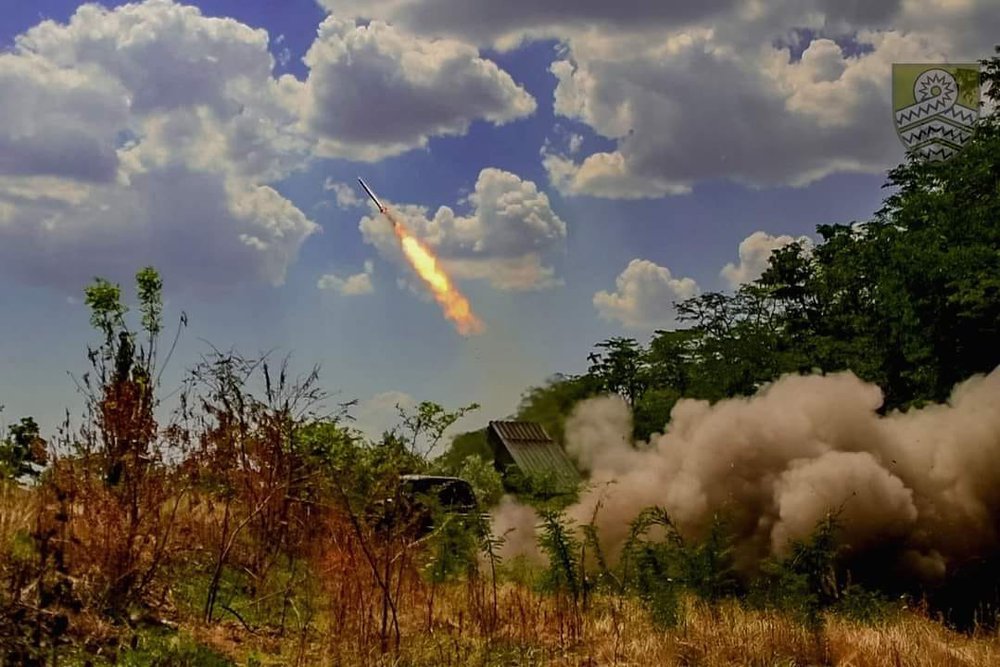How artillery works in practice and where the losses among the new Western 155 mm guns come from: an explanation from an artilleryman
In response to our project "A Wall of Fire. What Projectiles Hit the Ukrainian Positions and How", we received a letter from our reader who serves in the artillery. We publish his reaction below as it contains a lot of interesting facts.
TEXTY: Barrel artillery can work from one point without stopping, as long as the ammo is available – you only have to reload it fast enough (which is relatively easy, given the light weight of the shells).
Artilleryman: It looks "easy" in theory, but in practice, 152 mm shells, for example, weigh almost 50 kg (110 pounds). It is not easy to constantly load them into a gun heated up by the sun. There’s a saying "The sweat of the gunners is the blood of the infantry."
TEXTY: On the battlefield in real conditions, guns usually change position after a few volleys.
Artilleryman: A lot depends on the type of gun. While the 122 mm "Gvozdika" (Carnation) can do that, for the old worn-out 152 mm "Msta" (Revenge) or "Akatsiya" (Acacia) driving even a few kilometers is already a feat. Therefore, the position changes mostly along with the frontlines. If there are no major shifts in the battle line, then we can stand in one place for weeks, digging and enduring all the shelling that is almost on par with the shelling experienced by the infantry.

TEXTY: "If our battery produces an average of up to 50 shells per "run" on a very "quiet" section of the front, then we get 3-4 times as many shells fired back at us. And that’s only accounting for tube artillery, without considering MLRS, aircraft, and mortars.”
Artilleryman: On the hottest spots of the battlefield, the battery uses 30-50 shells per day. There are no greater quantities of shells, and it wears out the guns because derelict Soviet-era equipment cannot withstand such heavy use. This is an improvement compared to two months ago when we were hardly receiving 10 shells per day to use. The enemy releases an order of magnitude more, although the situation has leveled off a little in recent days.
TEXTY: "Akatsiya (Acacia)", "Msta", "Giatsint (Hyacinth)", D20 and D30 guns can all shoot at an average range of 20-30 km (12-18 miles), and "Uragan", "Tornado-G" and "Grad" systems have a firing range of 30-40 km (18-25 miles)."
Artilleryman: And that is our main problem. This is not their average range, but rather their maximum. In practice, it seems that they all fire somewhere between 5-20 km. And all of the artillery is more or less located in one area somewhere 3-10 km from ground zero.
Sometimes our artillery happened to stand in front of tanks and even infantry, almost on the front line.
Someone may conduct a counter-battery fight and needs to shoot an extra 10 km behind the enemy infantry to reach their artillery, someone else might aim at important transport routes, yet another person fires at depots close to the frontline. So, despite the seemingly greater range, almost all of our barrel artillery is within their safe range under intense fire. Hence the losses among the new Western 155 mm guns.
So, unfortunately, Western weapons are not a cure-all and not a miracle that is about to start working. For now, this is just the way to establish at least some parity with the Orcs (Translator’s note: a slang word used in Ukraine for the Russian occupiers, partly with a purpose to distinguish them from Russian-speaking residents of Ukraine).





